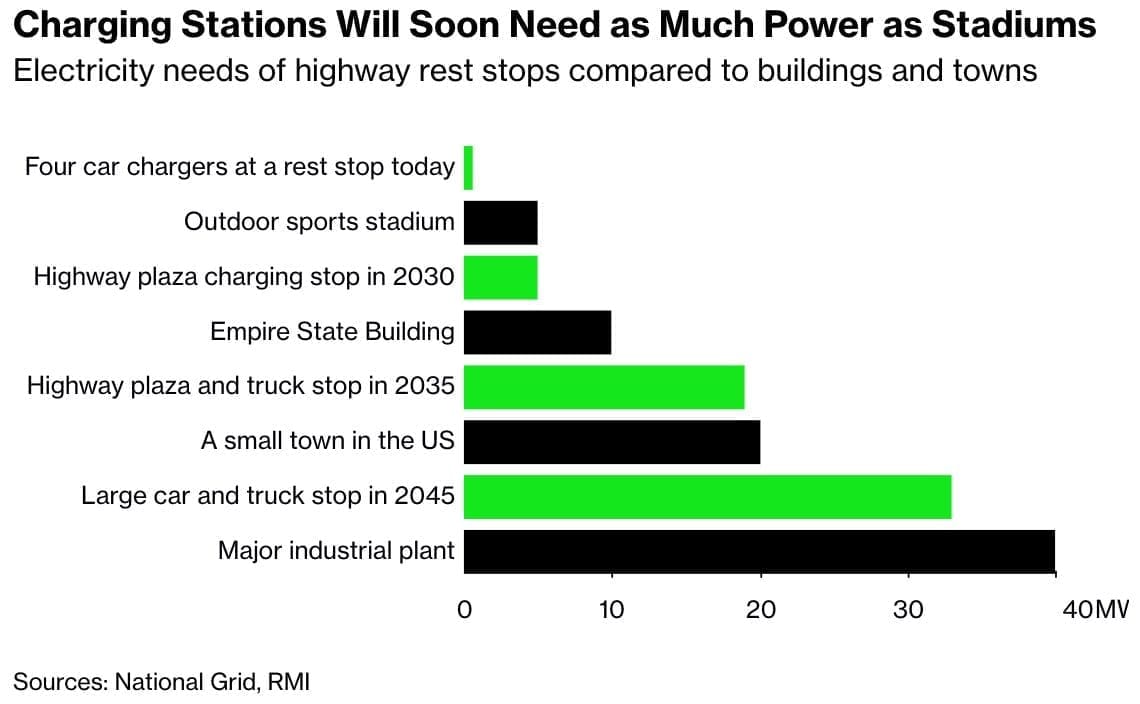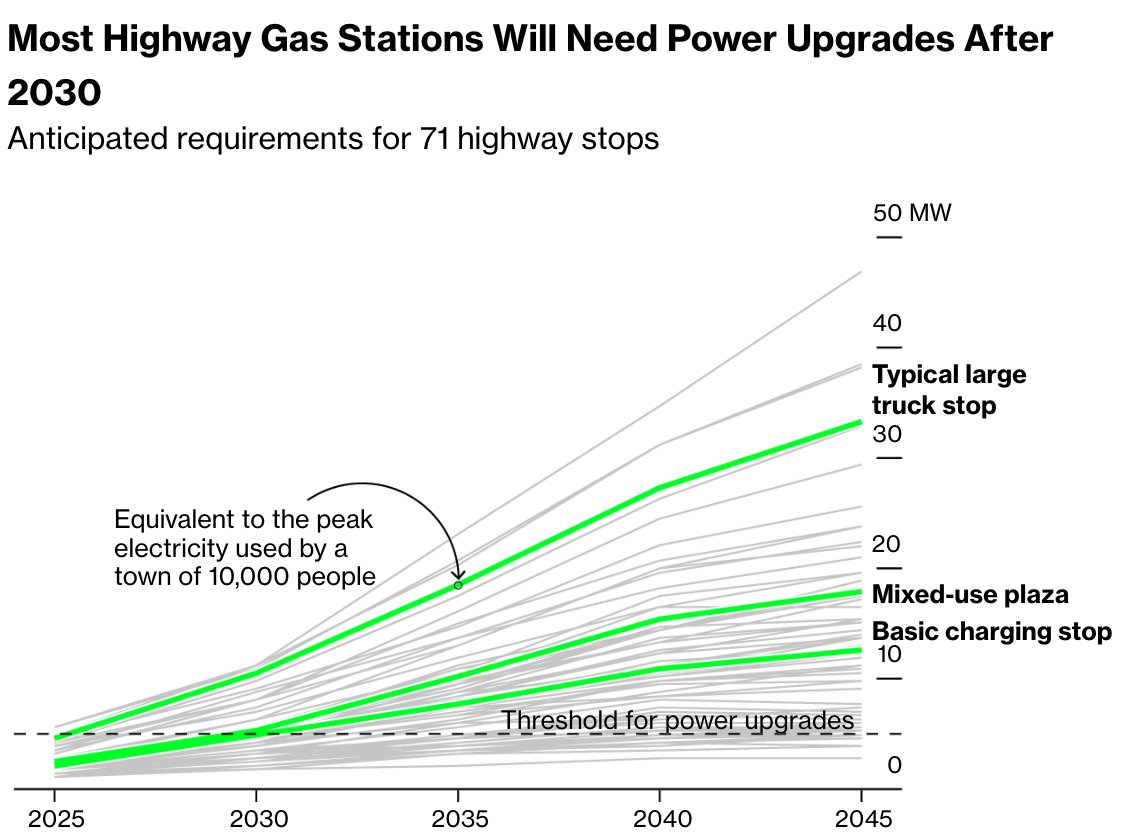Electric vehicles (EV) adoption is growing. In fact, in the state of California, all new cars, trucks, and SUVs will eventually be required to run on electricity or hydrogen. Infrastructure to support EV growth and adoption is critical. It creates opportunities for businesses to navigate the adoption of EVs in their operations smoother and possibly create a competitive advantage if the right information, processes, and tools are in place.
Let’s take a closer look at how you can strategize your transformation to EV.
The increase of Electric Vehicles
The electrification of commercial midweight and heavyweight vehicles — UPS step vans, boxy linen trucks, port haulers, garbage trucks and tractor-trailers — is gaining momentum. Nearly every truck maker is getting in on the action. Regulators and advocates are seizing on them as an effective lever against climate change. In fact, electric vehicles made up 7.2% of global car sales in the first half of 2021, up from 4.3% in 2020 and 2.6% in 2019, according to data from research provider Bloomberg New Energy Finance.
Just last year, President Biden set a target to make half of all new vehicles sold in 2030 zero-emissions vehicles, introducing a $7.5 billion plan to build a network of 500,000 chargers to accommodate them. Then you have California, who will require all new cars, trucks and SUVs sold in the state to run on electricity or hydrogen by 2035 in an ambitious move away from gasoline-powered vehicles and the pollution they emit. If the policy works as hoped, California will cut out emissions from vehicles in half by 2040. Other states are expected to follow suit, further accelerating the production of zero-emissions vehicles.
These requirements will come in phases starting in 2026, and will take 13 years to become fully effective, but the challenges to meeting them will be great. The California Energy Commission expects EV to add only a small amount of power use in the next 10 years, estimating that 3.7 million light-duty EV will be in use in the state in 2030, accounting for only about 2.6% of electricity use during peak hours.
David Reichmuth, a Senior Engineer for the Union of Concerned Scientists, believes EV charging can be timed to off-peak hours, especially during the day when wind and solar power are more available. “Utilities will be able to send messages to cars to start or stop charging depending on electricity demand,” he said.
As of now, 17 other states have adopted California’s greenhouse gas emissions requirements, most on the coasts. In total they account for about 40% of all U.S. new vehicle sales. The state of Washington has already started the process to follow the EV sales requirements, and others are expected to. It will take more time for other states to go through the process, and many don’t have the electric vehicle demand or charging infrastructure that California does.

PHOTO: ELECTRIFY AMERICA
The challenges from the growth of EV
So who is affected by the changes that EVs are creating? If you’re a trucking company, field service, utility, telecom, food delivery fleet, or a business that runs and operates class 1-8 vehicles, odds are you are going to need to make the switch to EV to help create a better environment.
The most common challenges from EV are:
- California electrification legislation
- Infrastructure challenges
- EV is 6’ longer and heavier than gas powered vehicles
- Brown outs
- Limited charging stations
Another challenge the growth of EV presents is high-voltage interconnections. Grid connections will need to deliver huge amounts of power at one place, at one time.

The National Grid recently released a study about the future power needs on highways, estimating that by 2030, half of fuel stops would top 5MW peak demand, triggering upgrades that could take 4-8 years to build and cost tens of millions of dollars.

A few of the big charging challenges that will need to be addressed include:
- Gas stations not including EV charging and future and grid connections are usually reserved for factories and stadiums
- Utilities aren’t set up to be proactive
- Grid infrastructures will have to upgrade multiple times over short time periods
- What’s considered fast-charging for cars could be a trickle for semi-trucks
Executives need to be prepared to advance their own green agenda to align with government mandates and consumer pressure. Companies that invest in technology solutions that help them uncover key information about their fleet usage and about available power sources will be better prepared and gain a competitive advantage. By working in conjunction with your technology provider, your journey to electrification is achievable.
The opportunities for those adopting EV
You can get ahead of the curve with a trusted partner on your transformation to EV. With a SaaS fleet intelligence platform and data technology strategy, companies can not only gain insights around their fleet, but also EV infrastructures, and charging stations.
Powerfleet is here to help customers who plan to make the transition to EV. Our solutions help:
- Gain visibility into fleets location and status
- Manage utilization and maintenance
- Improve fuel or power management and sustainability initiatives
- Increase operational efficiency and profitability
- Connect all resources under one single pane of glass
- Ingest livestream data and applies AI and ML to provide multi-dimensional KPIs to reduce costs
- Increase visibility to spot inefficiencies before they lead to costly mistakes
- Convert numbers and statistics to powerful decisions
- Capture key data to extend battery life and improve sustainability within fleets
We recently launched our fleet intelligence platform, Powerfleet Unity, that unites people, assets, and IoT data together to transform the way you do business. The Powerfleet Unity platform enables rapid and deep integration with IoT devices and third-party business systems to a highly scalable data pipeline that powers artificial intelligence-driven insights to help companies save lives, time, and money. Powerfleet has brought in data from our own devices to move forward with other API integrations to provide the best insights to our customers. By combining information from vehicles and EV infrastructure with data from other sources such as weather, traffic, and road conditions, we help empower our customers to be more efficient and cut waste and costs. Powerfleet Unity was designed to support organizations’ transition to EV with hundreds of EV data elements to optimize fleet planning, battery range, EV safety, and maintenance.
The Bottom Line
Although there are obvious tactical challenges for companies considering electric vehicles, there are opportunities with the right partner by your side.
If you’re interested in learning how Powerfleet can assist you on your journey to EV, contact us to schedule a conversation today.
Resources Used:
- Tom Randall on Twitter: “Tesla is about to start selling its electric semi, and it’s time to start talking about the biggest challenge for the industry: high-voltage grid interconnections. It’s a big deal that could stall electrification of all vehicles if things don’t change 🧵 https://t.co/ZPYZ6PiEyc” / Twitter
- Tesla’s Electric Semis Are Coming, and Trucks Stops Aren’t Ready – Bloomberg




